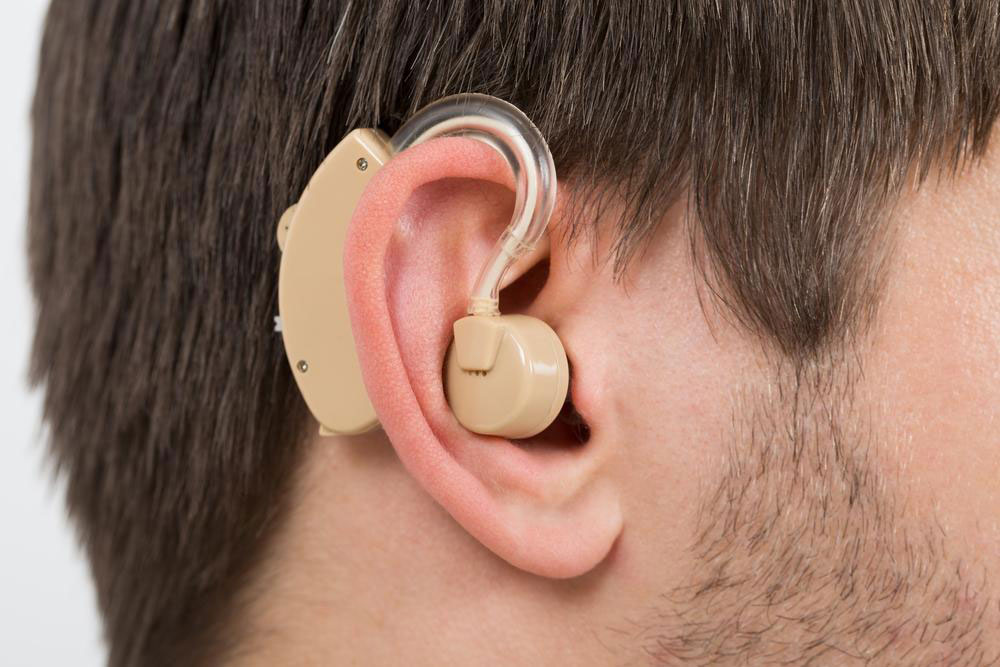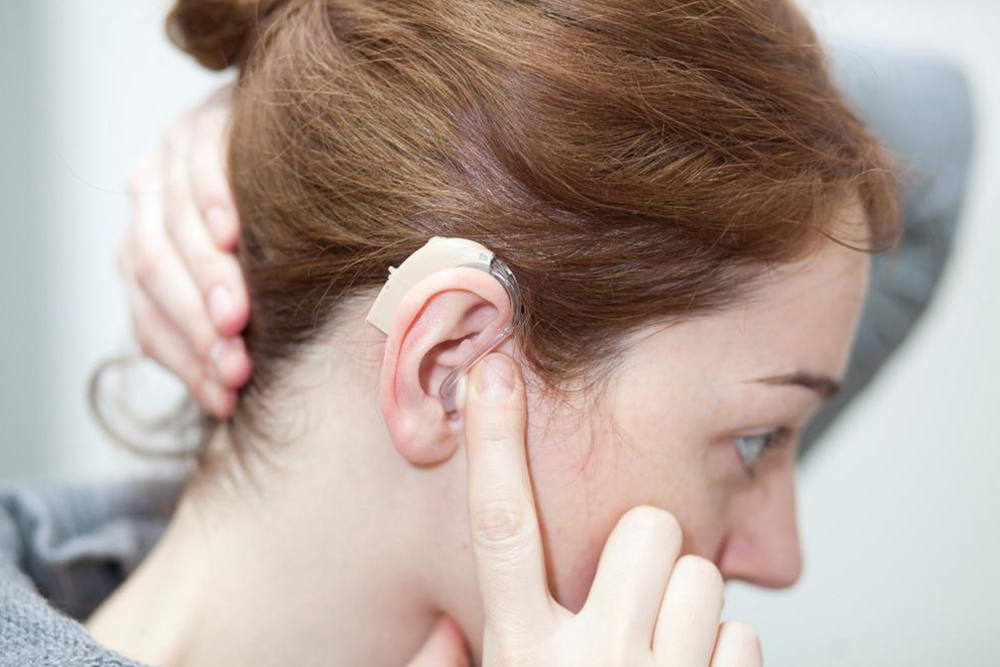Key Features to Consider When Choosing a Hearing Device
Discover the three essential features to consider when selecting a hearing aid. Telecoil technology ensures clear reception in public spaces, digital feedback reduction enhances comfort by eliminating whistling sounds, and directional microphones improve speech understanding in noisy environments. These features are vital for optimizing hearing aid performance and user experience.
Sponsored

Essential Features to Look for in a Hearing Aid
Hearing impairment affects millions across the country, and hearing aids play a vital role in restoring sound clarity, volume, and comprehension. Selecting the appropriate device depends on factors like the degree of hearing loss, manual dexterity, and daily routine.
Here are the three crucial features to consider when choosing a hearing aid.
Telecoil Technology
A telecoil is a small copper coil incorporated into many modern hearing aids. When activated, it captures signals from compatible public address systems, such as in theaters, taxis, museums, conference halls, and public transport. This technology ensures clearer sound by converting the signals into understandable audio. It’s especially beneficial for those with moderate to severe hearing challenges, reducing background noise and reverberation for better understanding.
The telecoil allows the user to hear spoken words more distinctly by amplifying the voice and minimizing unwanted noise. It’s powered by an audio induction loop that surrounds the space and transmits signals to the telecoil, enhancing speech clarity in public venues.
Digital Feedback Control
Digital feedback suppression reduces the high-pitched whistling sounds sometimes produced by hearing aids. Most new devices come equipped with this feature, which effectively minimizes feedback even if the hearing aid shifts slightly from the ear. It improves comfort, sound quality, and ventilation, especially for users with good low-frequency hearing. Ensuring a proper fit enhances the effectiveness of feedback reduction.
Directional Microphones
Directional microphones help focus on sounds coming from in front of the user, making conversations clearer in noisy environments. They cancel out sounds from the sides and rear, making it easier to hear speech in busy settings. Many hearing aids automatically switch between omnidirectional and directional modes based on environmental noise levels, optimizing hearing comfort and clarity.






